Wooden Dog Sculpture (Baleia) - Marcos de Sertânia
Wooden Dog Sculpture (Baleia) - Marcos de Sertânia
Low stock: 5 left
Couldn't load pickup availability
The "Baleia" sculpture by Marcos de Sertânia is a unique piece that adds elegance and emotional depth to any space. Its delicate form and intricate details evoke beauty, strength, and resilience.
Owning this one-of-a-kind creation means embracing an exclusive masterpiece that will be yours alone. "Baleia" not only enhances your space with visual appeal but also creates an emotional connection, transforming your environment into a place of inspiration.
Dimensions:
5.5" H x 3.1" W x 20.5" D
Weight:
0.22 lbs
History
History
Marcos de Sertânia drew inspiration from the novel "Vidas Secas" (Barren Lives) by Graciliano Ramos, a classic of Brazilian literature, to create the sculpture "Baleia" (Whale) that evokes feelings of sweetness and melancholy. Its thin features carry the anguish and drama caused by the drought, reminding us of the hardships of everyday life in the Brazilian hinterland.
Material
Material
Piece carved from Brazilian cedar wood
Care Instructions
Care Instructions
Dust with a soft, dry cloth. Avoid moisture and direct sunlight. Clean gently with a damp cloth if needed, and dry immediately. Preserve the varnish by keeping sharp or heavy objects away from the surface.
Shipping & Returns
Shipping & Returns
We are proud to deliver unique Brazilian art directly to your door. Here's what you can expect:
- Processing Time:
All orders are prepared and dispatched within 2 business days. - Region Delivery Time:
USA & Canada - 7 business days
Europe - 15 to 20 business days
Singapore – 10 to 15 business days
Australia & New Zealand – 10 to 15 business days
You will receive a confirmation email with tracking information as soon as your order is on its way.
If you have any questions about your shipment, feel free to contact our support team.
Share
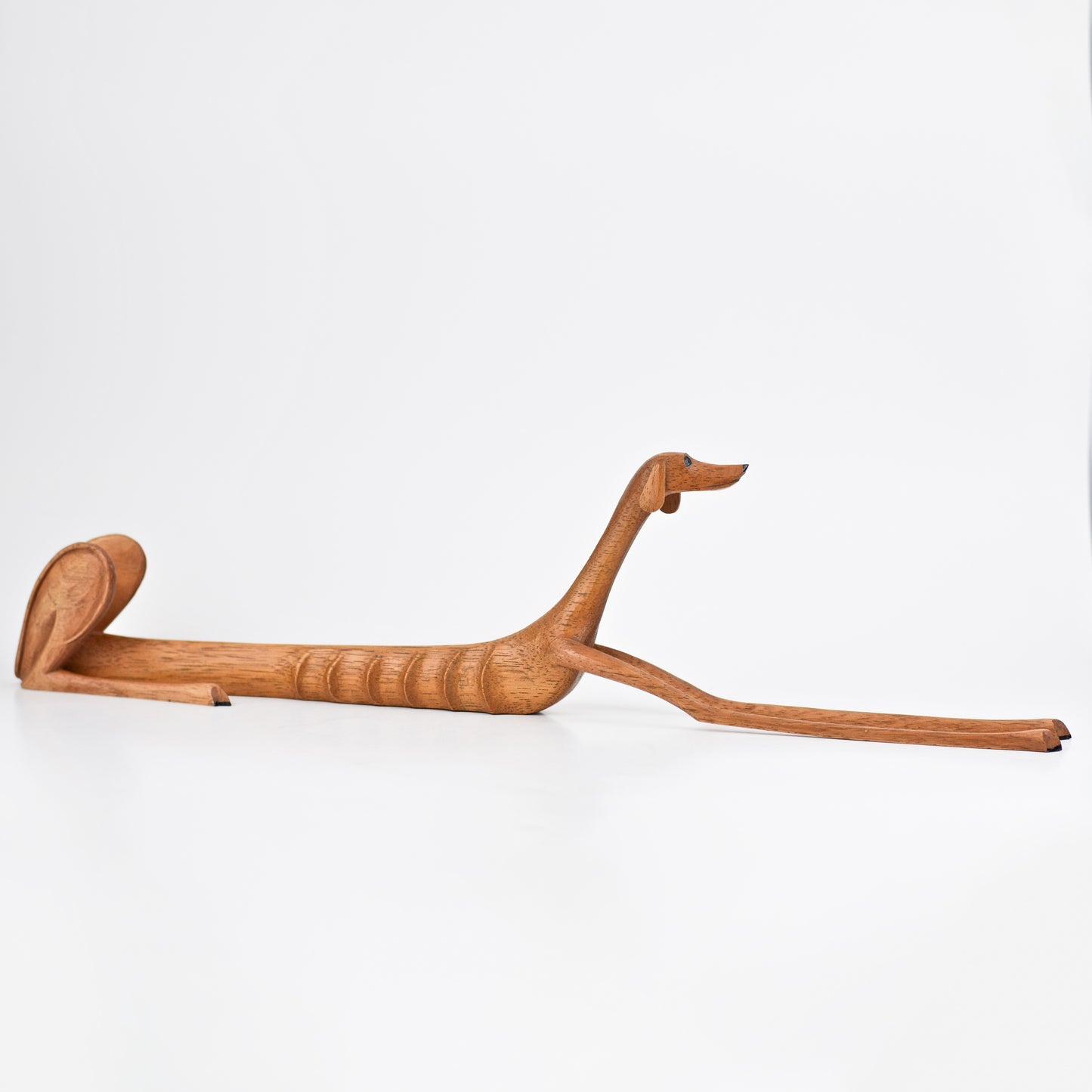
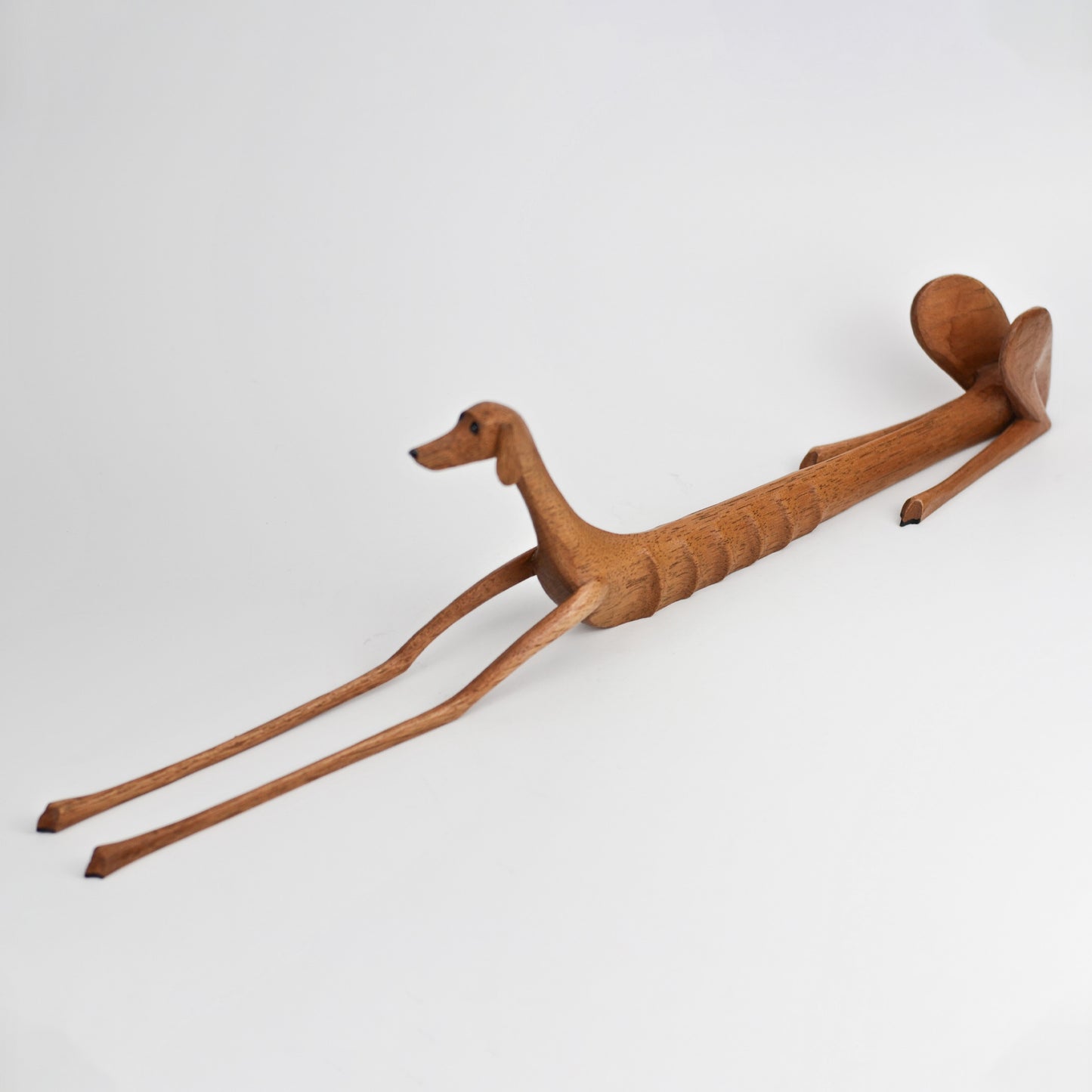
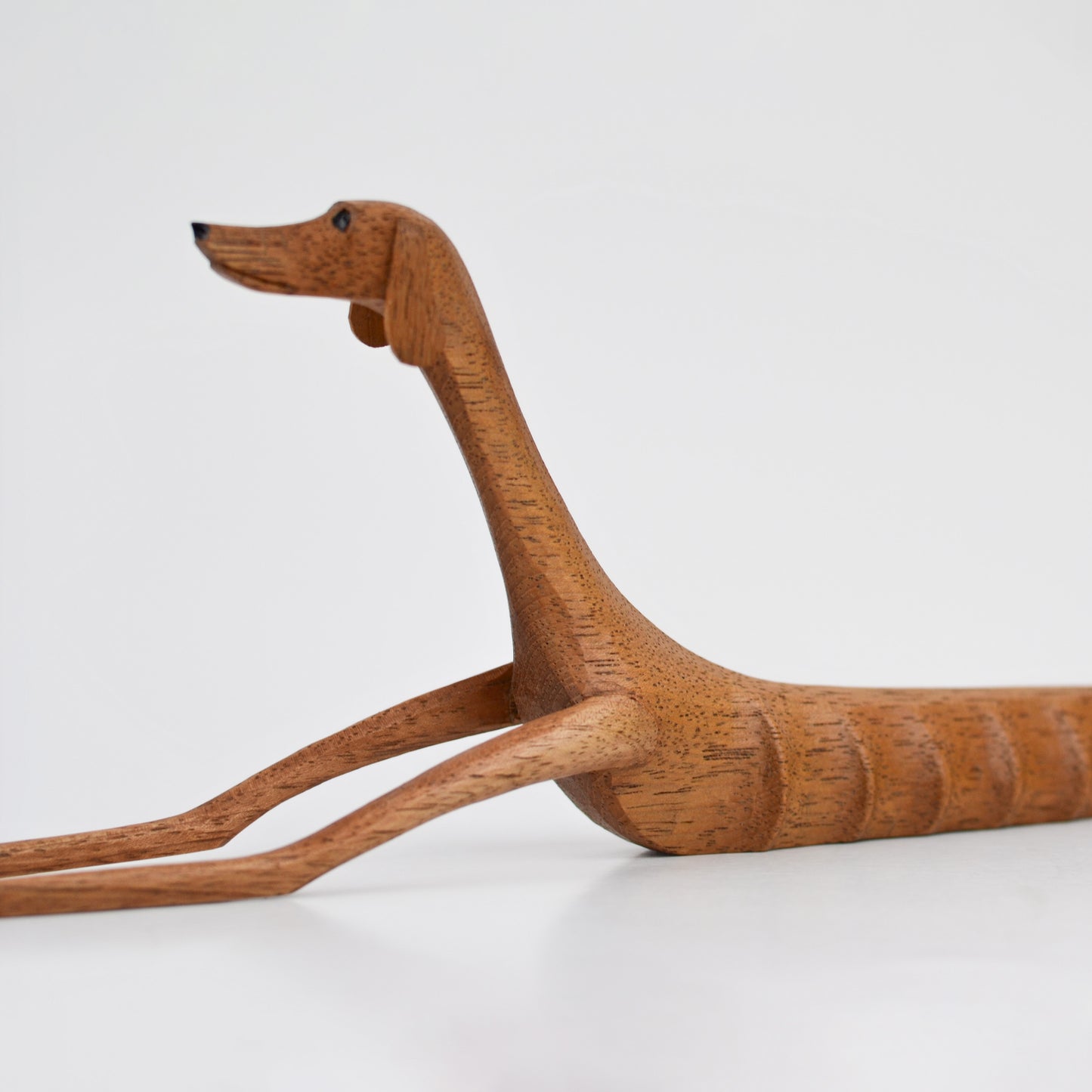
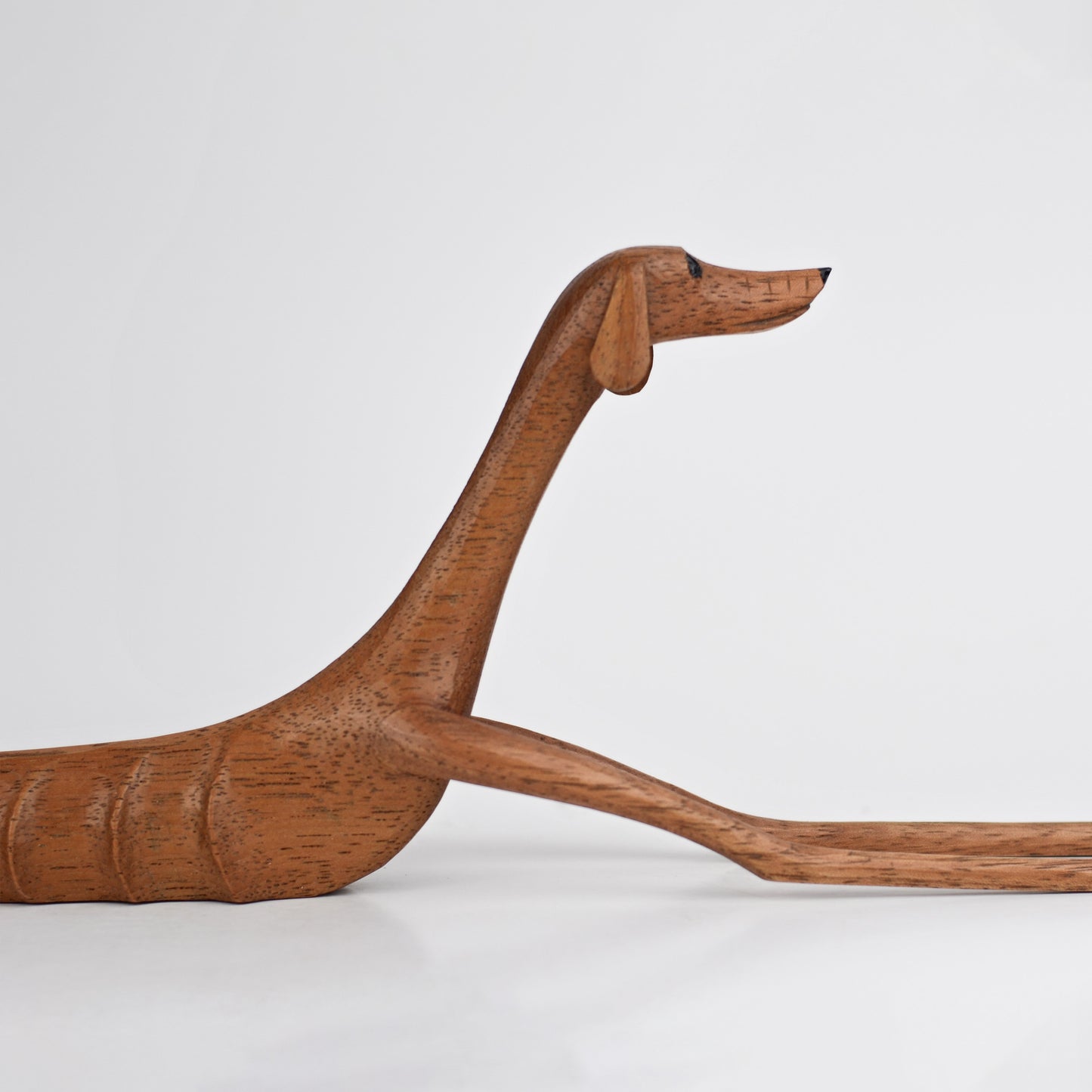
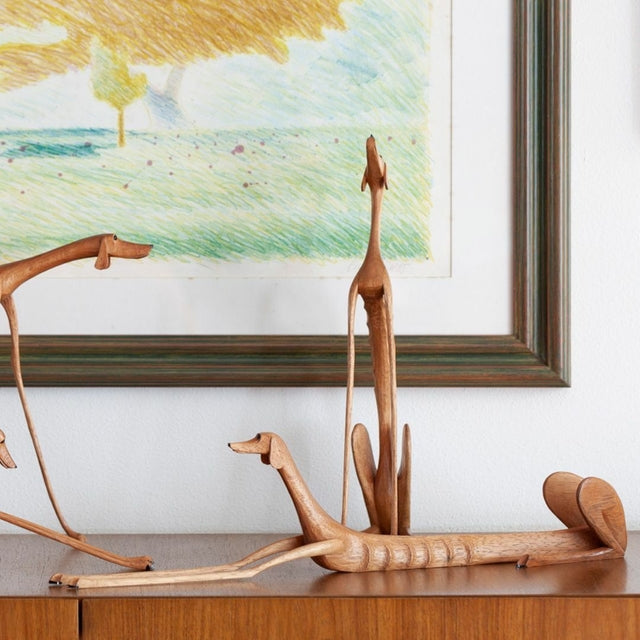

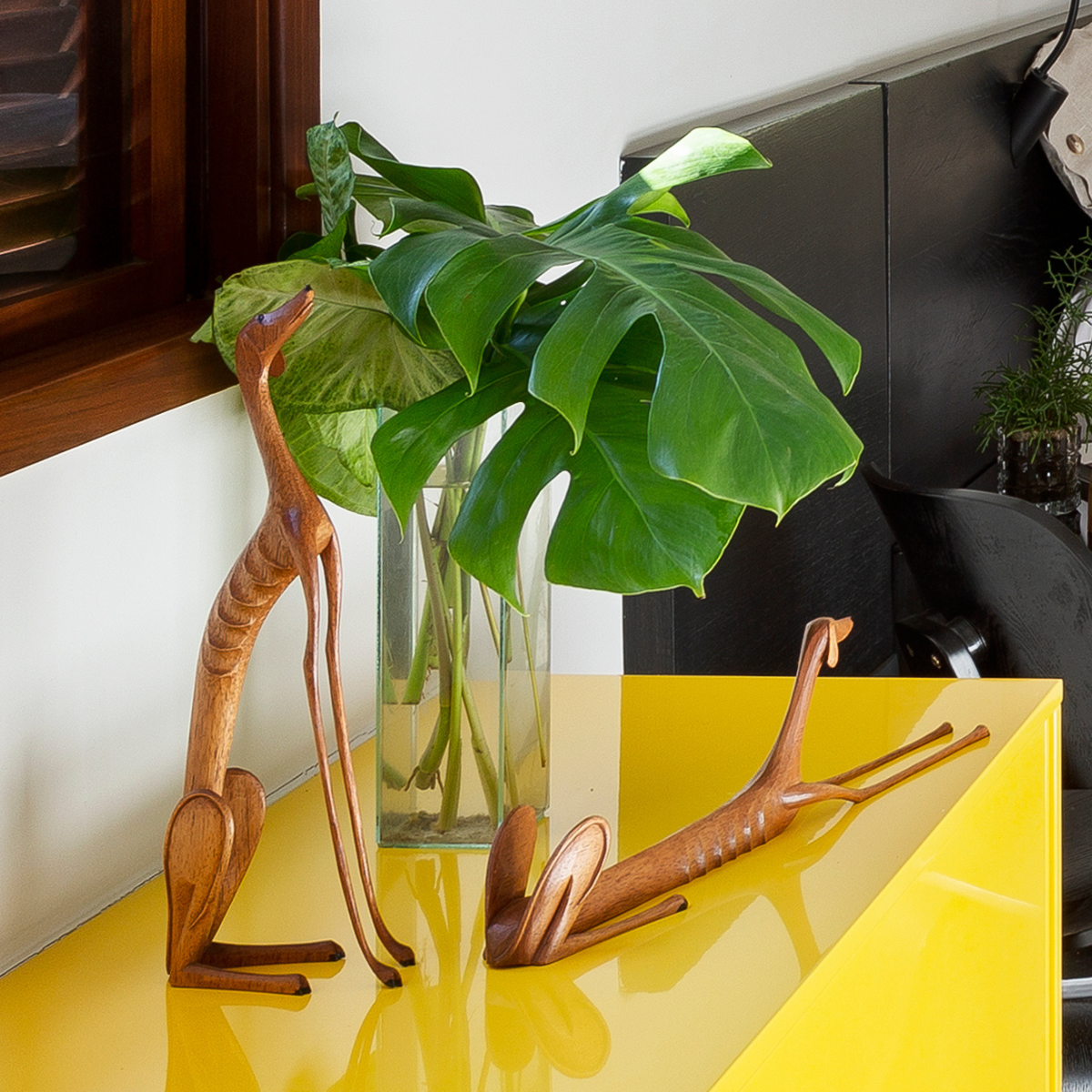
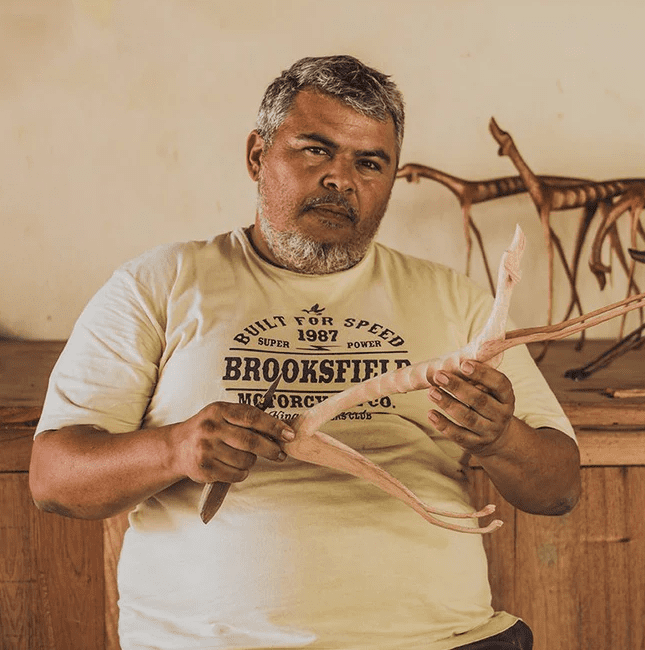
About the artisan
Marcos Paulo Lau da Costa is an important representative of wood sculpture, born in Sertânia, Pernambuco, in 1974. He belongs to a new generation of masters in Brazilian folk art, with his own style and language.
His creations are part of collections in Brazil and abroad and have been compared to the works of Portinari and the Italian artist and sculptor Amadeo Modigliani.







